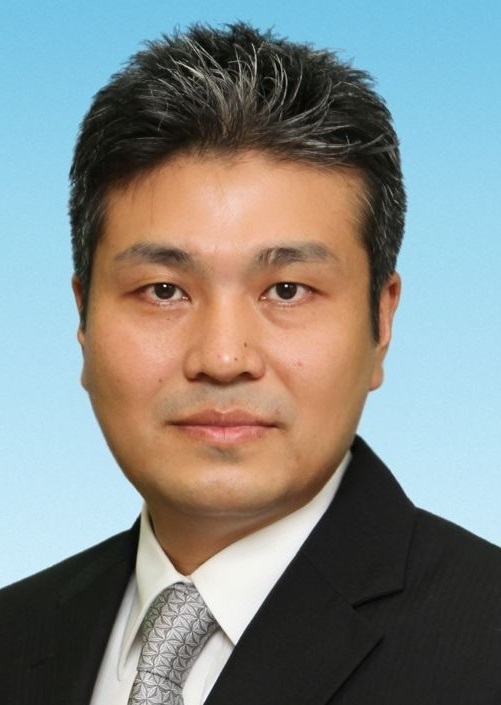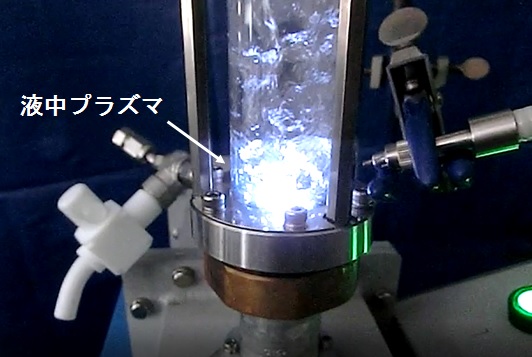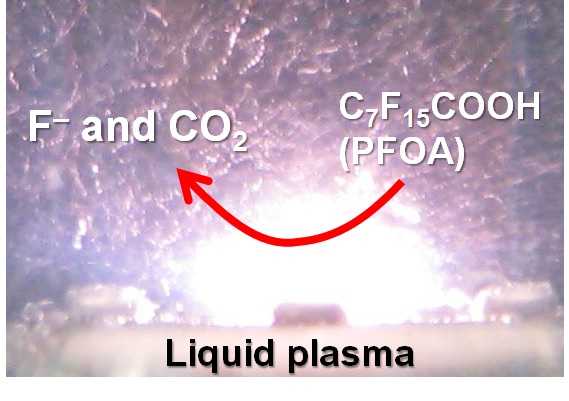2023.08.02

Faculty of Science and Technology / Department of Materials and Life Sciences
Horikoshi Satoshi Professor
We developed equipment that generates plasma in liquid. This equipment is microwave-powered, and can therefore generate plasma easily and energy-efficiently in deionized water. Furthermore, since plasma is generated from water, active radicals such as OH-radicals are also generated, thus enabling the decomposition of persistent pollutants found at high concentrations in water. On the other hand, we are aiming to develop a device that can produce silicon gel containing no impurities in a short time at low cost by simply irradiating silicon in water with submerged plasma without using a cross-linking agent or an initiator.


The equipment prototype is almost complete and we will study the decomposition behavior of various pollutants. Through continuous decomposition, we will demonstrate that it is a feasible device in terms of energy efficiency and process speed. We will also test quantum dot synthesis, particularly to prove the high quality of the quantum dots produced, with an aim to succeed in continuous synthesis.
In-liquid plasma equipment, other analytical devices
We seek to demonstrate the application of these technologies in actual wastewater treatment. We seek partners who will evaluate the quantum dots and reveal the differences from existing methods.